I’ve just returned from Auctions America in Fort Lauderdale, FL. I was shooting episodes of “What’s My Car Worth?” While there, I looked at the 400 cars on offer, and I read their descriptions.
(To see my FB photo album with over 150 pictures from the Ft. Lauderdale Auction, click here. You do not have to be a member of FB to view them. )
When it came to describing engines, there were many familiar phrases used, such as “numbers-matching,” “date-correct,” ”original-type,” “factory replacement,” “restamped,” “upgraded” and “modified.”
Does any of this matter? Only when it comes to value.
In other words, if a seller is placing a higher value on a car because of the engine in it, then you have to decide exactly how correct the engine is — and how much more you will pay for a car with a correct engine than an incorrect one.
To a buyer, “numbers-matching” often implies that the car in question still has the original, factory-supplied engine. For some cars, like most Ferraris and some exotic Corvettes, having the original engine in a car can make a substantial difference in value.
Hence, it should come as no surprise that there are more than a few instances where non-original engine blocks have been restamped to make a car with a replacement engine into one with “an original” engine.
At best, this is unscrupulous. At worst, it is illegal.
Some sellers have a more loose interpretation of “numbers-matching.” They interpret this phrase to mean that the range of dates that the engine was built in, as determined by reference books, matches the range of dates for the chassis build.
In other words, if it can be determined that the 327-ci engine for your 1963 Corvette Split Window was built in May of 1963, and that the chassis for your car left the assembly line in May of 1963, then it is “possible” that the engine in your car is the engine that was originally in your car.
For some cars, Alfa Romeo Giulias for example, a date range is as close as you are going to get. So, if the build date of your chassis and the build date of your engine coincide, it is “possible” that you have the original engine that came with the car.
By contrast, Alfa Giuliettas have data plates under their hoods that have the engine and chassis number of the car stamped into them. In theory, if the numbers on your chassis and engine match those on the data plate, your car has the engine it was born with
Be aware, however, that reproduction data plates are available, and owners have been known to stamp the numbers from replacement engines onto the plates.
When It Matters
For most sports cars, it really doesn’t matter in terms of value whether the engine in your car is the one installed at birth. MGs, Triumphs and Austin-Healeys are examples of mass-produced cars with engine blocks that were essentially the same during the entire run of the cars. In these cases, if you put a block from another car in your car, the value isn’t changed.
Putting a 1,800-cc MGB engine into your MGA that was originally equipped with a 1,500-cc or 1,600-cc engine won’t hurt its value. There are two times that you might avoid doing this. One is if you have an early production car — and everything else about the car is correct. In this case, as the underlying example has increased value because of when it was built, so you maintain that value by having the correct engine in the car.
The second instance is when you are preparing a car for concours judging at a very high level. This would include marque events, such as an MGA-only concours. There, your car is being judged against other like examples. The assumption is the judges assigned to your class will look for things to differentiate between similarly well-prepared cars. Having an incorrect block — or at least one outside the date range in which the chassis was built — could put your car out of the running for top honors in class.
It further follows that there is no real sin in upgrading the engine in your sports car when it comes to market value. I am most familiar with Alfas. If you have an Alfa where there is no way to tell which engine came with the car, the market just doesn’t care if the engine is original or not.
For instance, putting a 1,750-cc or 2,000-cc engine into your step-nose GTV may be regarded by some as a desirable upgrade.
However, if you have a Giulietta Sprint or Spider Veloce, where the block casting is specific to Veloces, not having an original engine can hurt the value of a car significantly. For instance, I was looking at a 101-Series Giulietta Spider Veloce at an auction last year, and I was quite attracted to the car. It had all the fiddly little bits that set the Veloce apart.
However, when I checked the engine casting number against a reference book, I discovered that the engine block had been replaced with one from a lower-performance Normale.
While there was no functional difference between a Veloce and a Normale block, the fact that I, and the world, could tell that the car had a block with an incorrect casting number immediately killed my interest in the car.
Why? Because I knew when I went to sell the car, it would have “a story.” If I were asked, “does it have its original engine?” I’d have to say no. (By the way, the seller of this Alfa said, “I don’t know” when I asked him this question. That’s a very safe answer.)
Ferraris and Maseratis exist in a world unto themselves. There were very few made, and there are good records to determine which engine was born in which chassis. As collectors are not shy about paying top dollar for top examples — now often into eight-digit numbers — having the correct engine with a Ferrari not only increases its value, but it also significantly broadens its market appeal.
What about American Muscle?
American muscle cars and Corvettes live in a different world. With muscle cars, they were most often high-horsepower variants of cars that were produced in vast numbers. Therefore, making a fake A-body “LS6” Chevelle that fools many people is not so difficult.
However, the value between a real LS6 and a base 6-cylinder model is so vast that buyers now want certification that they are getting the real thing. The same is true with nearly every high-value muscle car, including Ram Air GTOs, Cobra Jet Mustangs and Yenko Camaros.
With those muscle cars, along with Corvettes, if your car has lost its original engine, it will help its value to source a “date-code correct” engine as a replacement. For example, if your Corvette was born with a base 300-hp, 327-ci engine, putting in a 350-ci engine would dramatically hurt its value. Putting in a “date code correct” block for a low-horse 327 would increase the car’s marketability — although it would still carry at least a 25% knock for not having the documented original engine.
Rule of Thumb
This is my rule of thumb: If the market values an original engine in a car, and your car has its original engine, then do what you can to keep it correct.
When you make an offer on a car that has lost its original engine, then be sure you adjust your offer for the car accordingly. If for some reason you have to replace the engine of your car, let the market be your guide on how fanatical you become on trying to repair the original block, or putting a “date-code-correct” engine into your car.
If the engine just doesn’t matter to the value, get a crate engine that gives you modern technology and better performance. These are often much less expensive than a period engine
If there is substantial value in getting a “date-code-correct” engine in your car, then do it. If there isn’t, don’t worry about it and just enjoy your car exactly as it is when it came to you.

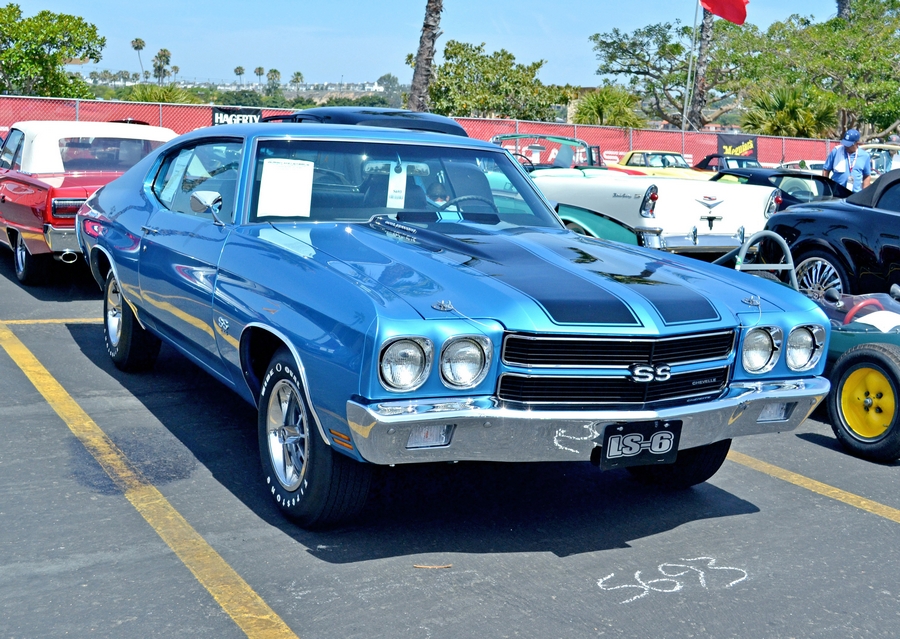
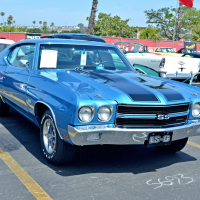
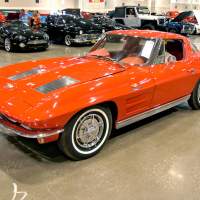
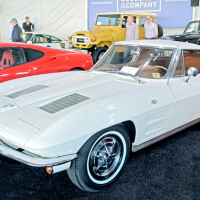
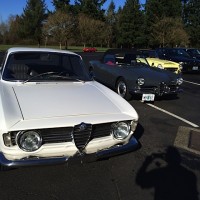
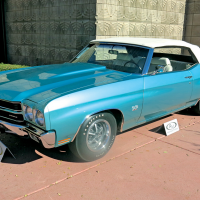
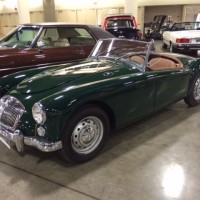
3 responses to “When Numbers-Matching Matters”
Hi there Mr. Martin, ok guestion for you. I baught a 2015 Dodge Challenger Hellcat about five months ago and the dealer is having to replace the engine under warrenty due to supercharger casting metal causing extreme damage to supercharger, pistons, and heads, will this be considered a non numbers matching car. after engine exchange and can it loose value? Thanks, JD.
I have a 1972 pontiac lemans sport convertible, need to know how to check for numbers matching and where to look for numbers. It has endura front end, ram air hood and 400 engine
Hi Larry,
For the engine, I’d start here: http://www.wallaceracing.com/engine.htm
For everything else, I’d suggest contacting PHS. You can find them here: http://www.phs-online.com